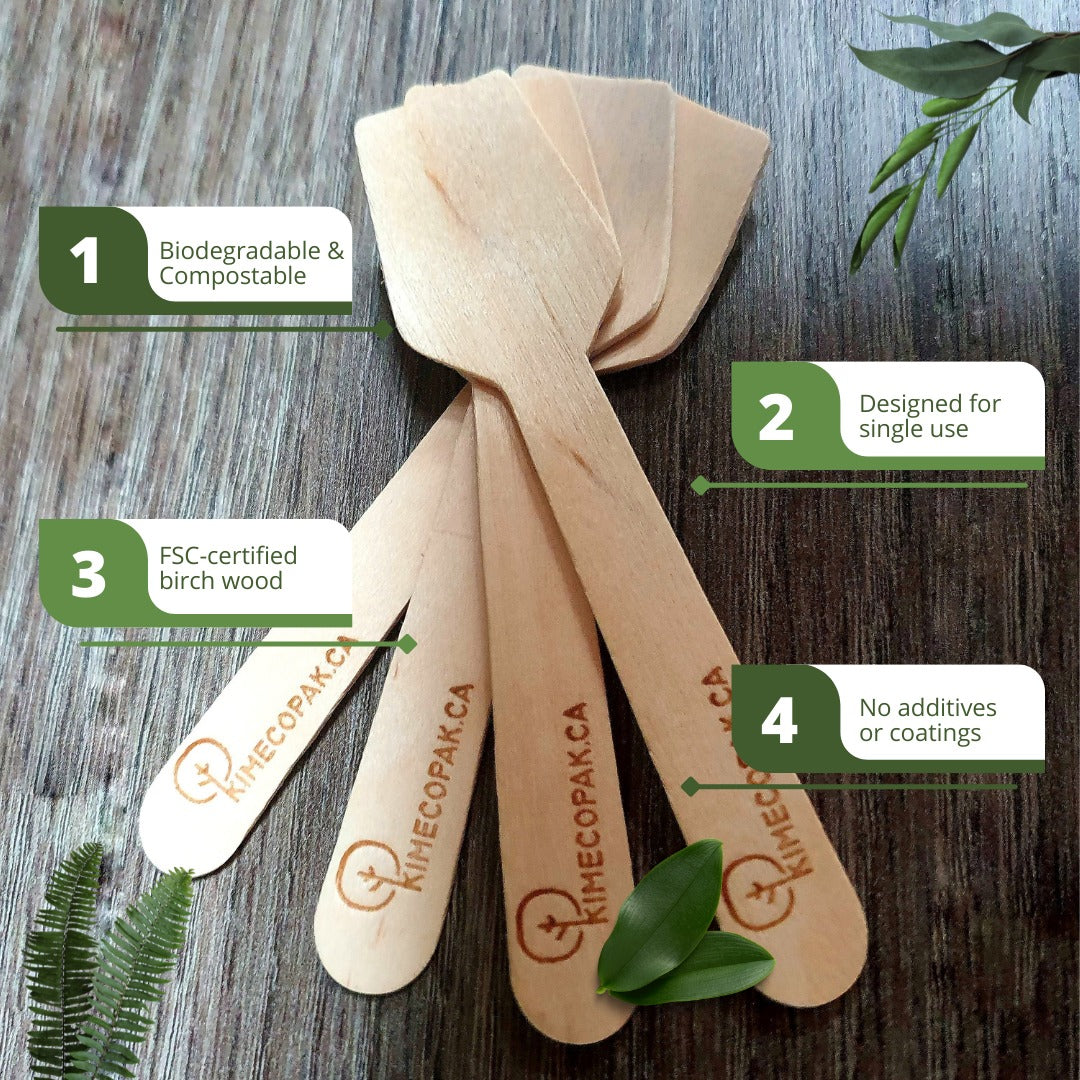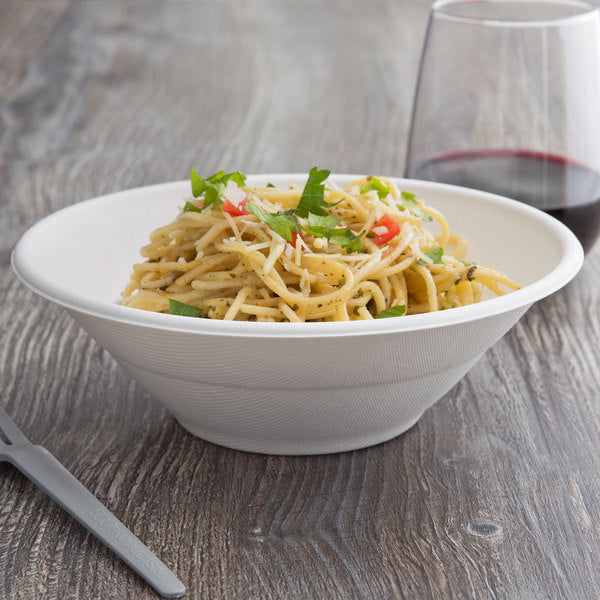Pizza, a culinary canvas, relies heavily on cheese. The right cheese elevates a pizza from ordinary to extraordinary. This guide delves into the world of pizza cheese, exploring types, histories, characteristics, and uses of cheese for pizza. Whether you're a seasoned pizzaiolo or a budding culinary enthusiast, this exploration will equip you with the knowledge to create exceptional pizzas.
- Exploring the Most Expensive Cheese List In The World
- Guide for New Bakers: The Difference Between Creme Fraiche, Sour Cream, Mascarpone, and Cream Cheese
- 15 Best Butter Substitutes Baking That You Should Know
The Importance of Cheese for Pizza
Cheese, a fundamental ingredient in pizza, plays a pivotal role in determining its flavor, texture, and overall appeal. Its creamy, melty qualities contribute to the satisfying, gooey texture that we all love. Beyond its functional role, cheese adds a rich, savory flavor profile that complements the dough, sauce, and toppings.
Here's a breakdown of cheese's significance in pizza:
- Flavor Enhancement: Cheese provides a rich, umami flavor that enhances the overall taste of the pizza.
- Texture: The melty nature of cheese creates a satisfying, gooey texture that is essential for a great pizza.
- Balance: Cheese helps to balance the acidity of the tomato sauce and the saltiness of the dough.
- Fat Content: Cheese adds a healthy amount of fat, which contributes to the overall satisfaction and richness of the pizza.
- Variety: The wide range of cheese options allows for endless customization and experimentation.
In essence, cheese is more than just an ingredient; it's the heart and soul of a pizza. In the next section, let’s explore types of cheese for pizza with us.

Types of Cheeses for Pizza
Classic Cheese for Pizza
-
Mozzarella
- Originating from southern Italy, mozzarella is a fresh cheese made from cow's milk. Its name comes from the Italian word "mozzare," meaning "to cut off."
- Mozzarella is renowned for its mild, milky flavor and its exceptional ability to stretch and melt beautifully. It has a soft, creamy texture when fresh.
- Mozzarella's versatility and its ability to complement various toppings have made it the most popular cheese for pizza. Its melting properties create a gooey, stringy texture that is adored by pizza lovers.

-
Provolone
- Provolone offers a more robust flavor than mozzarella, with a subtle hint of sweetness and saltiness. Its flavor can range from mild to sharp depending on its age.
- Provolone boasts a firm texture when young, but it becomes softer and more pliable as it ages. It melts well and has a good stretch.
- Provolone is often used in combination with mozzarella to add a layer of complexity and flavor to pizza. Its slightly firmer texture can provide a nice contrast to the gooeyness of mozzarella.
-
Cheddar
- Cheddar comes in various ages and flavors, from mild to sharp. The flavor and texture of cheddar can vary depending on the length of aging.
- Cheddar melts well and has a good stretch, making it a suitable choice for pizza. However, it can become stringy and can sometimes overpower the other flavors in a pizza.
- Cheddar is often used in pizza, especially in regions where it is a popular cheese. It can add a bold, tangy flavor and a satisfying chewiness to the pizza.
Specialty Cheeses
- Ricotta
- Ricotta is a soft, creamy cheese with a mild, sweet flavor. It is made from whey, a byproduct of cheesemaking.
- Ricotta is often used as a topping on pizza, especially in styles like Sicilian. Its creamy texture and mild flavor provide a comforting contrast to the savory elements of the pizza.

-
Parmesan
- Parmesan is typically sold in a grated form. It has a strong, salty, and nutty flavor.
- Parmesan is often used as a topping on pizza to add a final burst of flavor and a touch of saltiness. It is also used to create a crispy cheese crust.
-
Goat Cheese
- Goat cheese has a tangy, slightly acidic flavor that can complement the sweetness of tomato sauce.
- Goat cheese has a crumbly texture that can add a pleasant texture contrast to pizza.
- Goat cheese is often used as a topping on pizza, especially in styles that emphasize fresh, local ingredients. Its tangy flavor can provide a refreshing twist to traditional pizza.
-
Blue Cheese
- Blue cheese has a strong, pungent flavor with a creamy texture. It is characterized by its blue-green mold veins.
- Blue cheese is a controversial choice for pizza due to its strong flavor. Some people love it, while others find it overpowering.
- Blue cheese is often used as a topping on pizza, especially in styles that emphasize bold flavors. It can add a unique and complex flavor profile to the pizza.

Regional Variations of Cheese for Pizza
Pizza cheese can vary depending on the region. For example:
- Italian: Pizza in Italy traditionally uses mozzarella as the primary cheese.
- American: American pizza often uses a blend of mozzarella and provolone.
- Neapolitan: Neapolitan pizza is made with San Marzano tomatoes and mozzarella di bufala, a type of mozzarella made from buffalo milk.
There are also many unique cheeses used in specific pizza styles, such as fontina in Italian fondue pizza or goat cheese in Mediterranean-inspired pizzas.
Cheese and Pizza Styles
In this section, we are going more deeply to cheese for pizza by understainding how different styles incorporate unique cheeses to create their signature flavors.
Neapolitan Pizza
Neapolitan pizza, a UNESCO Intangible Cultural Heritage, adheres to a strict tradition of using only mozzarella di bufala campana, a type of buffalo milk mozzarella. This cheese is prized for its delicate flavor, creamy texture, and exceptional melting properties. The combination of mozzarella di bufala and San Marzano tomatoes creates a harmonious balance of flavors.

New York-Style Pizza
New York-style pizza typically uses a blend of mozzarella and provolone. The mozzarella provides a gooey, stringy texture, while the provolone adds a slightly firmer bite and a richer flavor. This combination results in a pizza that is both satisfying and delicious.
Chicago-Style Deep-Dish Pizza
Chicago-style deep-dish pizza is known for its thick, flaky crust and its generous layers of cheese. The cheese is typically a blend of mozzarella and provolone, with a layer of ricotta cheese often added underneath. This combination creates a hearty and cheesy pizza that is truly indulgent.
Other Regional Pizza Styles and Their Cheese Preferences
- Greek Pizza: Greek pizza often uses feta cheese, a tangy, crumbly cheese that adds a salty and briny flavor.
- Mexican Pizza: Mexican pizza may use Oaxaca cheese, a type of string cheese that melts beautifully and has a mild flavor.
- Indian Pizza: Paneer, a fresh cheese with a mild flavor, is sometimes used on Indian-inspired pizzas.
- Hawaiian Pizza: Hawaiian pizza typically uses a blend of mozzarella and cheddar cheese, with pineapple and ham as toppings.
- Detroit-Style Pizza: Detroit-style pizza is known for its thick, crispy crust and its layers of cheese, which are often a blend of mozzarella and cheddar.
These are just a few examples of regional pizza styles and their cheese preferences. There are countless other variations around the world, each with its own unique combination of cheese and toppings.
Conclusion
Cheese, a vital ingredient in pizza, significantly impacts its flavor, texture, and overall appeal. The world of cheese for pizza offers endless possibilities for customization. By understanding different cheese types, you can create exceptional pizzas. Experiment with various cheeses to elevate your pizza game. Explore the exciting world of pizza cheeses and create your own masterpiece.







